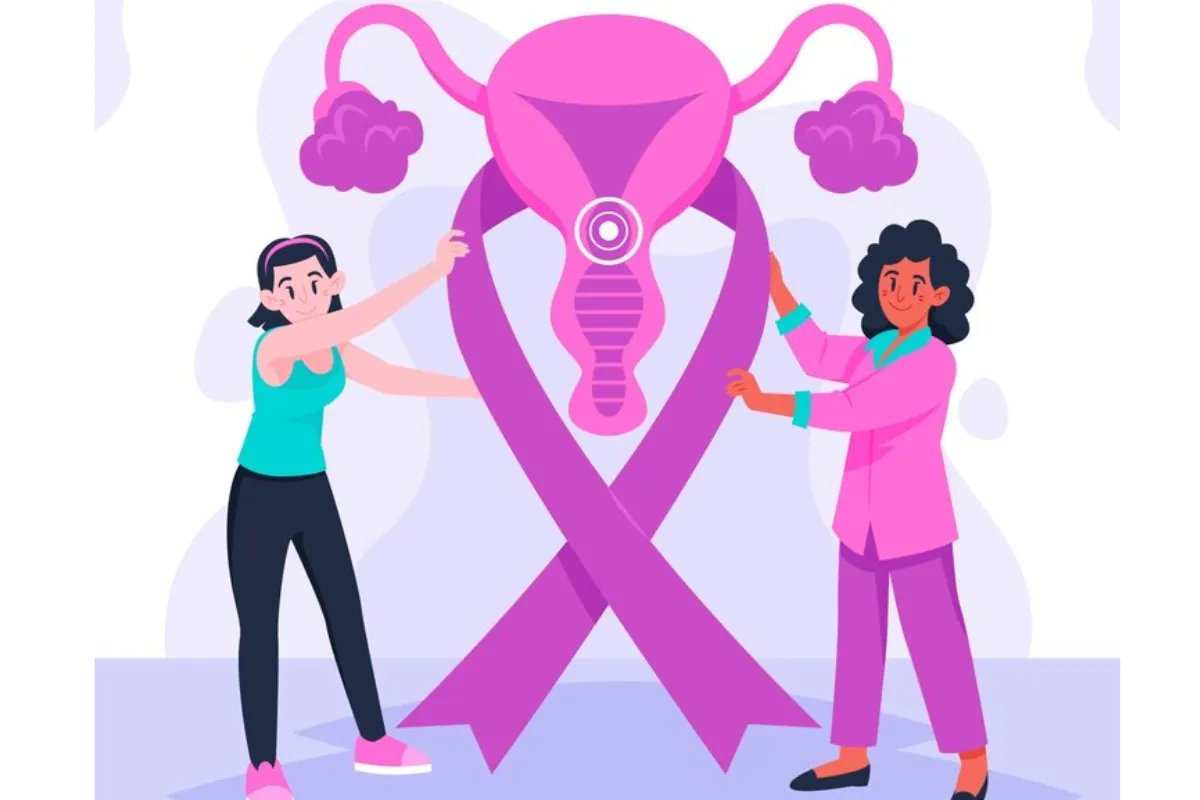The recent passing of actress Poonam Pandey due to cervical cancer has brought this often-overlooked illness to the forefront of public consciousness. Finance Minister Nirmala Sitharaman’s announcement to prioritize cervical cancer vaccination and healthcare accessibility for women further underlines the need for awareness and action. Let’s delve into what cervical cancer is, its causes, symptoms, and how we can move towards prevention and better care.
What is Cervical Cancer?
Cervical cancer is a type of cancer that develops in the cervix, the lower part of the uterus that connects to the vagina. It is primarily caused by the human papillomavirus (HPV), a common sexually transmitted infection. Cervical cancer can often be prevented through vaccination against HPV and regular screening tests such as Pap smears or HPV tests. Early detection and treatment are crucial for improving outcomes and reducing mortality rates associated with this disease.
Causes of Cervical Cancer
- Human Papillomavirus (HPV): As mentioned earlier, the vast majority of cervical cancers are caused by persistent infection with certain high-risk types of HPV. These strains can alter the normal growth of cervical cells, potentially leading to cancer over time.
- Other Risk Factors: While HPV is the main culprit, other factors can increase the risk of cervical cancer:
- Weakened Immune System: Conditions like HIV/AIDS can suppress the immune system’s ability to fight off HPV infection.
- Smoking: Smoking weakens the cervix and increases its susceptibility to HPV-related changes.
- Early Age of First Sexual Intercourse: Starting sexual activity before age 18 allows more time for potential HPV exposure and persistence.
- Multiple Sexual Partners: Having many sexual partners increases the chances of encountering HPV.
- Long-Term Use of Oral Contraceptives: While the risk is small, prolonged use of birth control pills may slightly elevate the risk of cervical cancer.
Symptoms and Early Detection
Early-stage cervical cancer often shows no noticeable symptoms. However, as the disease progresses, you might experience:
- Unusual vaginal bleeding between periods, after sex, or after menopause
- Increased or foul-smelling vaginal discharge
- Pelvic pain during sex or urination
- Longer or heavier menstrual periods
Regular screening through Pap smears or HPV tests helps detect precancerous changes before they turn cancerous, significantly improving treatment outcomes.
Prevention: The Key to Empowerment
The good news is that cervical cancer is largely preventable through:
- HPV Vaccination: The HPV vaccine, ideally administered between 9 and 14 years, offers robust protection against the most cancer-causing strains. Expanding vaccination programs and overcoming vaccine hesitancy are crucial.
- Regular Screening: Pap smears or HPV tests, starting at 21 or earlier if sexually active, help identify and address precancerous lesions early.
- Safe Sex Practices: Limiting sexual partners, using condoms consistently, and practicing good hygiene can reduce HPV transmission risk.
Poonam Pandey’s Battle with Cervical Cancer
The news of Poonam Pandey’s passing due to cervical cancer has left many in disbelief. Cervical cancer is a type of cancer that develops in the cervix, the lower part of the uterus that connects to the vagina. While it is one of the most preventable types of cancer, it can be life-threatening if not detected and treated early.
Government’s Focus on Cervical Cancer Prevention
In her interim budget speech, Finance Minister Nirmala Sitharaman highlighted the government’s commitment to combating cervical cancer. She emphasized the importance of vaccination for girls aged 9 to 14 years as a preventive measure against cervical cancer. This proactive approach aims to reduce the incidence of cervical cancer by vaccinating young girls before they become sexually active, thereby preventing the transmission of human papillomavirus (HPV), which is a major cause of cervical cancer.
The Road Ahead: Hope and Action
- Vaccination Drive: Expanding access to and promoting the HPV vaccine, especially in rural areas, will significantly reduce future cases.
- Increased Healthcare Reach: Extending Ayushman Bharat coverage to ASHA and Anganwadi workers improves access to screening and early diagnosis in underserved communities.
- Comprehensive Awareness: Educational campaigns targeted at women and healthcare providers are crucial to dispel myths, encourage screening, and promote healthy sexual practices.
By empowering women with knowledge, prioritizing preventive measures, and ensuring accessible healthcare, we can significantly reduce the burden of cervical cancer and save lives. Let Poonam Pandey’s memory be a catalyst for positive change, ensuring no woman loses her life to this preventable disease.
Disclaimer: This material, including advice, provides general information only. It is in no way a substitute for a qualified medical opinion. Take the methods, and claims mentioned in this article as suggestions only; DNP India does not confirm or refute them. Consult a doctor before implementing any such suggestions/ treatment/medicine/diet.
Keep watching our YouTube Channel ‘DNP INDIA’. Also, please subscribe and follow us on FACEBOOK, INSTAGRAM, and TWITTER
